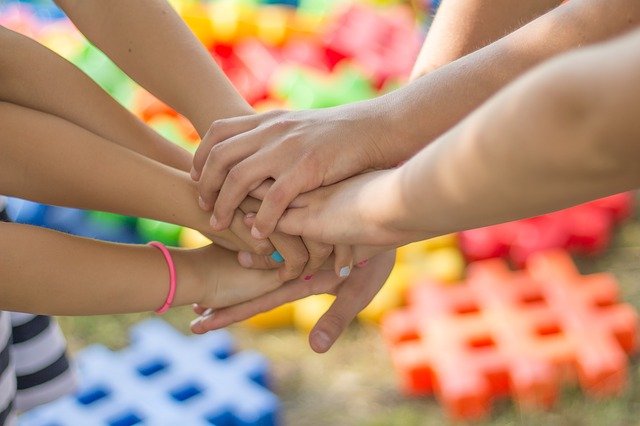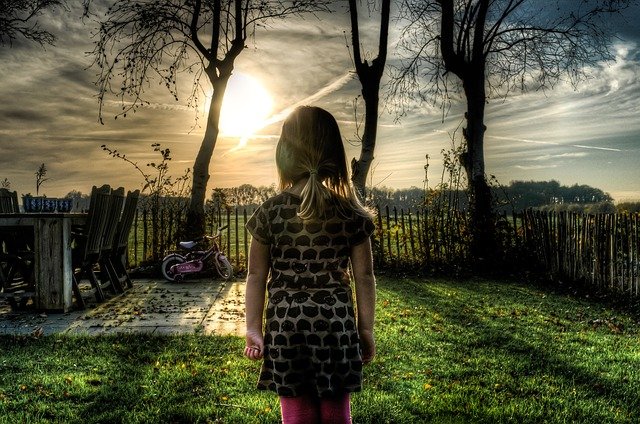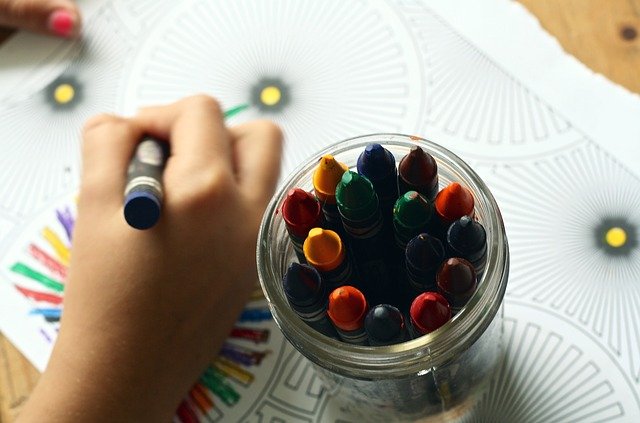I feel very fortunate to have the friends I have. I am equally happy to see that my kids are experiencing the benefits that friendship brings. Knowing that they have people beyond family that they can reach out to for anything is a source of comfort and a reflection of interpersonal skills they have managed to build. It turns out that having friends is just as important for preschool children, and in some ways, more beneficial.
At the age groups we serve, friendships tend to be based on either geography or similar age. They also tend to be selfish in nature in that children engage those that can give them something they want (the ability to play with a cool toy, someone else to play their favorite game with, etc.). Even so, young children who form and maintain friendships at this age gain critical social and emotional skills. Just like adults, they also experience an increase in their sense of belonging and self-worth. Equally as important, their stress levels decrease. Yes – young children have stress. Friendships also help build tolerance for different points of view while simultaneously building problem resolution skills. Friendships provide a forum for discussion that – even in young children – creates an outlet for them to share their hopes and fears as well as their dreams and aspirations. They also learn to trust that there are others in the world that have their back. But actual friendship among children may be rarer than you think.
A friendship is something that is free-forming and has room to grow organically. For example, institutional relationships are not the type of friendships that will yield benefits. In other words, chatting with other children at an organized activity they have been taken to rather than chosen isn’t really going to result in a meaningful friendship that provides benefits. It is merely an association. Organized play dates can have a similar lack of benefit if they are contrived and heavily supervised. For many years the trend has been toward more organized and structured activities for children. That is aligned with an increasing sense of isolation from peers in children.
We have plenty of free play at Greystone House and we see friendships form as a result. Children pair up freely and if a connection isn’t made the bond dissolves. The next attempt is made to find a companion and the cycle will repeat until there is a match. Within a short time of arriving in a classroom, most children have found friends. Some dig in the sandbox together talking about the coolest thing they ever built. Some pair up and sit on a bench and chat while watching a roly-poly they picked up crawl back and forth across a bridge they make with their hands. Still others race around, goading the other on to be faster, laughing as they go. But even as we open up plenty of free time to allow these friendships to form, we still have to end it at some point and bring children in to focus on something else. So there is work to be done at home.
The biggest thing you can do as parents is give your children room to discover new friends, and then give them the room they need to grow the friendship (or let it run its course). Observe, but don’t run, how your child interacts with their friends. Find areas for positive reinforcement when your child was doing something that helps to build the friendship such as when they pay a friend a compliment or help them reach a goal. If conflict arises, as long as things aren’t coming to blows, allow an opportunity for children to work things out. If they aren’t able to work it out, take the opportunity afterword to ask your child what they could have done differently to work out the problem. Help them see a way if they can’t do it themself.
As your children grow there are additional things you can do to help them cultivate friendships. One of the big ones is to moderate screen time – whether it is phone, tablet, TV or video games. Making it to where they have to come up with things to do with their friends rather than just sharing the activity of staring at something is priceless from a developmental perspective. Allow your children to knock on doors to find someone to play with when they are bored. Walking with a friend to park, walking or riding to their house after school, riding bikes on a trail, and exploring the outdoors together are wonderful activities that provide bonding time. And if you are worried about abductions by strangers then facts may help. The number of abductions by strangers in the last year of data (2010-2011) was 65. Yes – 65. 92% of victims were safely returned. There are roughly 75,000,000 children below the age of 18 in the US. There is no reason not to let them play outside with their friends. Finally, as always, cultivate your friendships and help your children understand what they mean to you, stay off of social media and limit your screen time yourself, and share your hobbies with your children (not to make them your child’s hobbies, but rather to show them the positive benefits they have – including being a way to connect with others). Remember that an example is almost always better than words alone.
An eye to the future is always important. As you consider the activities that fill your child’s free time, make sure friendship time is one of the big ones. Your child will appreciate it.





